European Standards respecting the environment
CEN and CENELEC developing standards that help companies and organizations improve their environmental performance.
Maintaining a healthy environment and taking care of natural resources is essential to our world. Standards play a key role in enabling more efficient use of energy and natural resources, as well as preventing unfavourable environmental impacts. CEN and CENELEC work with their members and stakeholders to develop standards that help companies and organizations improve their environmental performance. Many of the European Standards developed by CEN and CENELEC aim at supporting the implementation of EU Directives and Policies, for example those in relation to construction products, drinking water, ecodesign, and energy efficiency. CEN and CENELEC also promote a horizontal approach by encouraging their Technical Committees and Working Groups to consider environmental aspects when developing standards for diverse products, services, processes and systems. A range of tools, guidance and support is available to help standard writers understand and integrate objectives such as environmental sustainability, resource efficiency, and climate resilience.
By making use of environmentally respectful standards, businesses and organizations can benefit from higher levels of public trust and customer satisfaction.
By using less energy and resources, they can also gain in terms of less waste and lower cost
Thanks to standards, sustainability and competitiveness can go hand-in-hand!
USE OF RAW MATERIALS AND RESOURCES
Our raw materials, from the environment surrounding us, are limited resources making ecodesign a future core component of a sustainable, circular global economy.
Standardization is a key tool, ensuring the performance specifications of materials and products are compliant while allowing the flexibility of innovative organizations to develop materials and products which meet those specifications.
Economies of the future will need to become increasingly eco-efficient, delivering products and services while utilising fewer virgin materials. Industries of the future will need to work within a circular economy where re-use and recycling of materials and products as well as efficient use of resources is common practice.
As virgin materials become increasingly scarce and expensive, alternatives will be innovated and developed. Using less natural resources in production increases profitability and improves our long term prospects to remain sustainable.
Examples include:
The EU construction sector is a major user of natural resources. EN 15804:2012 sets out horizontal rules, requirements and guidelines (Product Category Rules) for developing environmental product declarations (EPDs) of construction products which meet the requirements of ISO 14025:2006 and ISO 21930:2007.
By applying EN 15804:2012 within EPDs, all those involved in the construction supply chain can make decisions on environmental impacts of buildings and other construction works as the same rules and a set of environmental indicators are also employed at the level of the end product, i.e. for buildings EN 15978:2012.
EN 50242:2008 (as amended 2012) provides methods for measuring performance characteristics of electric dishwashers and EN 50440:2015 specifies methods for measuring the performance of electric storage water heaters for the production of sanitary hot water for household use. Both were developed in support of the Ecodesign Directive. These standards take into account water and energy consumption.
WASTE AND THE CIRCULAR ECONOMY
Waste can be economically harmful as it represents a product or raw material that we have paid for and are paying to discard. Producing waste reduces profitability and, in a global market where resources are increasingly scarce, it risks our ability to sustain our economic activity.
We usually think of the cost of waste in terms of the cost of disposal. We forget that the true cost of waste also includes the cost of purchasing the materials which we are now discarding or processing, treating, converting and handling as waste using costly energy, water and other resources which might be better reserved for producing products and delivering services.
Similarly, waste is environmentally harmful. We deposit waste on land or discharge emissions to water or air, often relying on natural processes to clean it up for us. This puts pressure on already burdened natural systems. In a more circular economy waste needs to be prevented and what used to be regarded as ‘waste’ can be turned into a resource by re-using, repairing, refurbishing and recycling.
Examples include:
In order to properly handle different types of waste at the end of life as a product, it is important to correctly identify, collect and treat it. EN 50574 and EN 50625 series provide details on how to collect, transport, sort and treat waste electrical and electronic equipment (WEEE) so that it can be routed to the best end of life option for recovery, recycling or re-use.
Reduction of the overall impact of waste is possible by using it as secondary or alternative material in other processes. The technical specification CEN/TS 14243 highlights categories for materials produced from end of life tyres. This categorization enables potential users of these materials to rely on the consistent specification of these secondary materials.
The plastics industry is a cornerstone in today’s fast changing world and a variety of standards address the characterization of plastic recyclates. These standards enable end of life plastics to re-enter the production cycle as alternative materials and work towards a circular economy.
ENERGY AND CARBON MANAGEMENT
Energy enables food production, manufacturing, heating and cooling, water and wastewater treatment, however, it significantly impacts the economy and the environment. Emissions of greenhouse gases from energy production and energy use in industry result in climate change, affecting the environmental conditions in which we live and work. Changes in temperature and water availability impact our ability to produce food and goods while weather extremes interrupt the transport of goods and resources. Buildings and infrastructure must be modified to adapt to changing conditions. Finding ways to reduce our energy demand and to produce energy with a lower environmental impact results in lower economic costs, in both the short and long terms.
Standardization helps us control emissions arising from fuel consumption and manufacturing while strengthening the development of efficient distribution infrastructures and enabling us to consistently measure energy data. Standards support renewable energy production such as systems for photovoltaic conversion of solar energy and wind turbine systems.
In the future, standardization will have an even greater impact in areas such as smart metering, interoperability across systems, more efficient generation, and the development of energy efficient products and services.
Examples include:
Over the past years, CEN, CENELEC and ETSI have collaborated to develop an open architecture that would support the implementation of ‘intelligent metering systems’ to assist active participation of consumers in the energy market, and produced a technical report (CEN-CLC-ETSI TR 50572) to address some of the technical issues that technical / data communication standards should focus on. EN 13757-1:2014 addresses the communication systems for meters.
In 2015, CEN and CENELEC published a series of European Standards that set out requirements and provide guidance on how to carry out energy audits. The EN 16247 series of standards are intended to help companies throughout Europe comply with the requirements of the European Union’s Energy Efficiency Directive (2012/27/EU).
In 2012 CEN published EN 16258, a ‘Methodology for calculation and declaration of energy consumption and GHG emissions of transport services (freight and passengers)’. This standard sets a harmonized methodology and requirements for calculating and reporting energy consumption and GHG emissions in transport services.






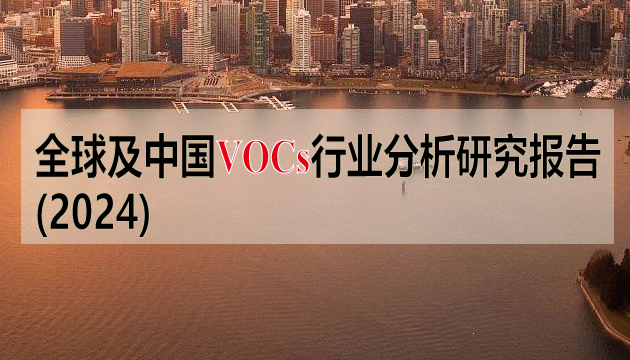
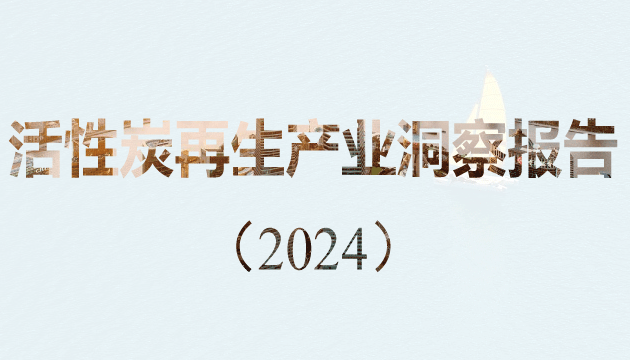
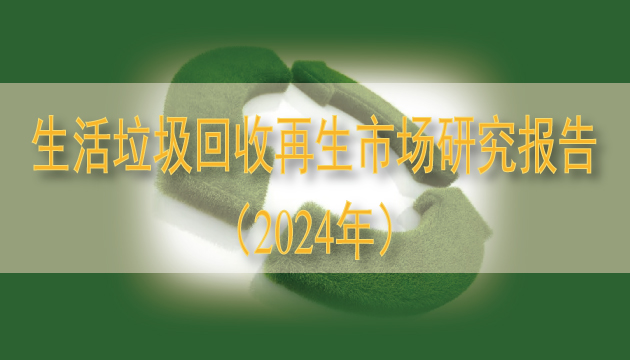
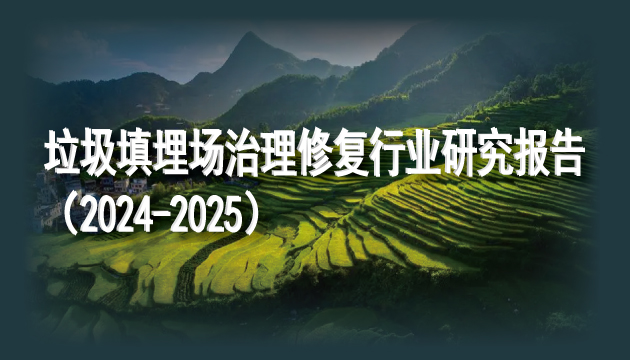
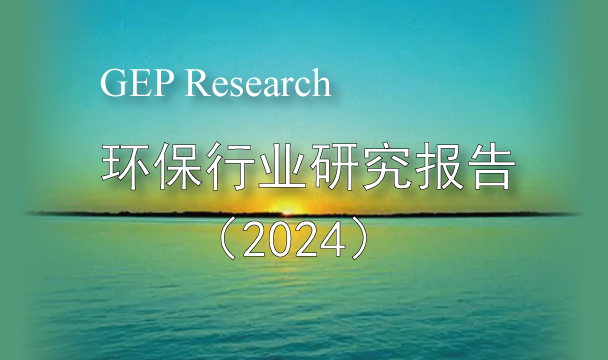


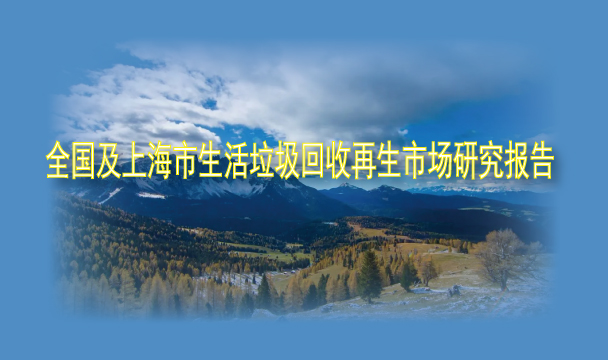

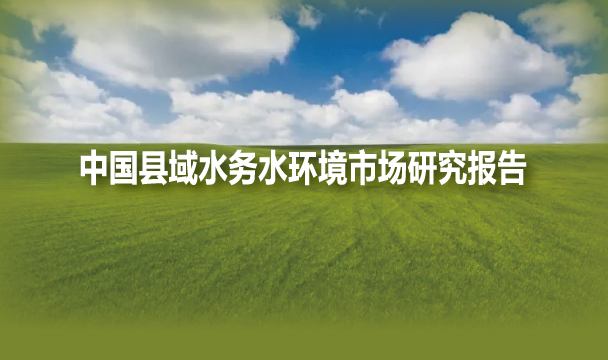

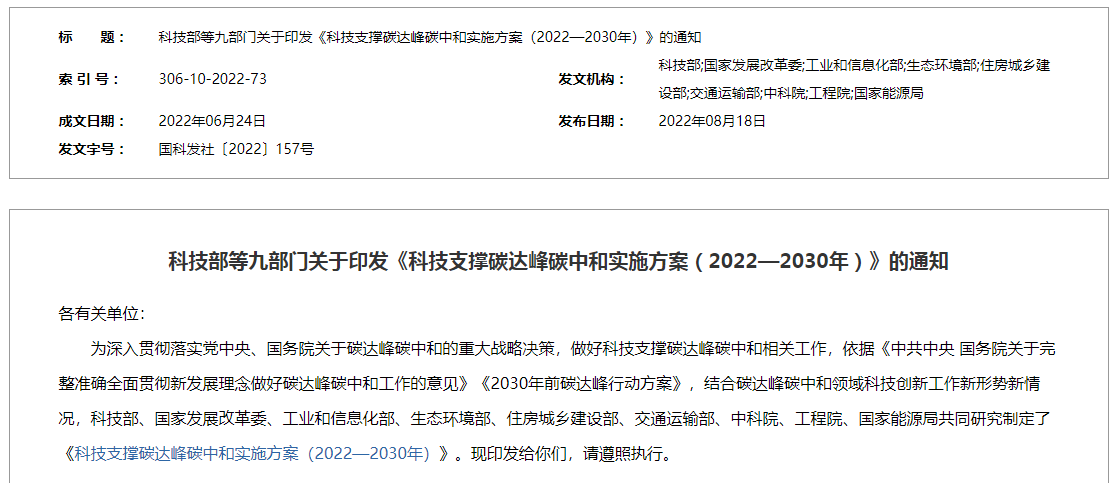
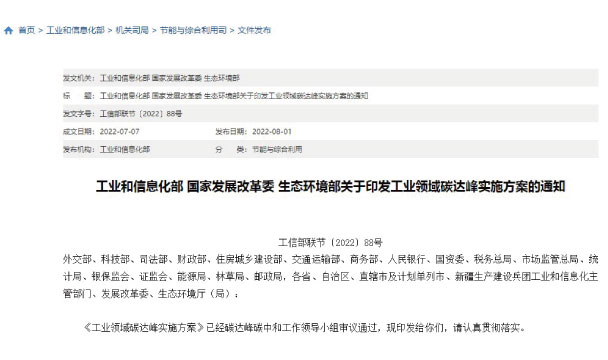
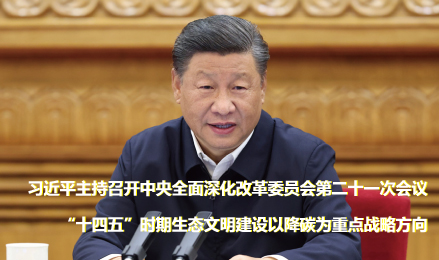
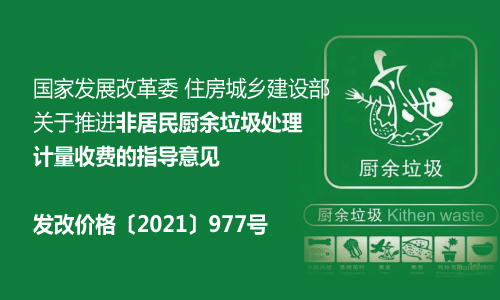

 京公网安备 11010602104455号
京公网安备 11010602104455号